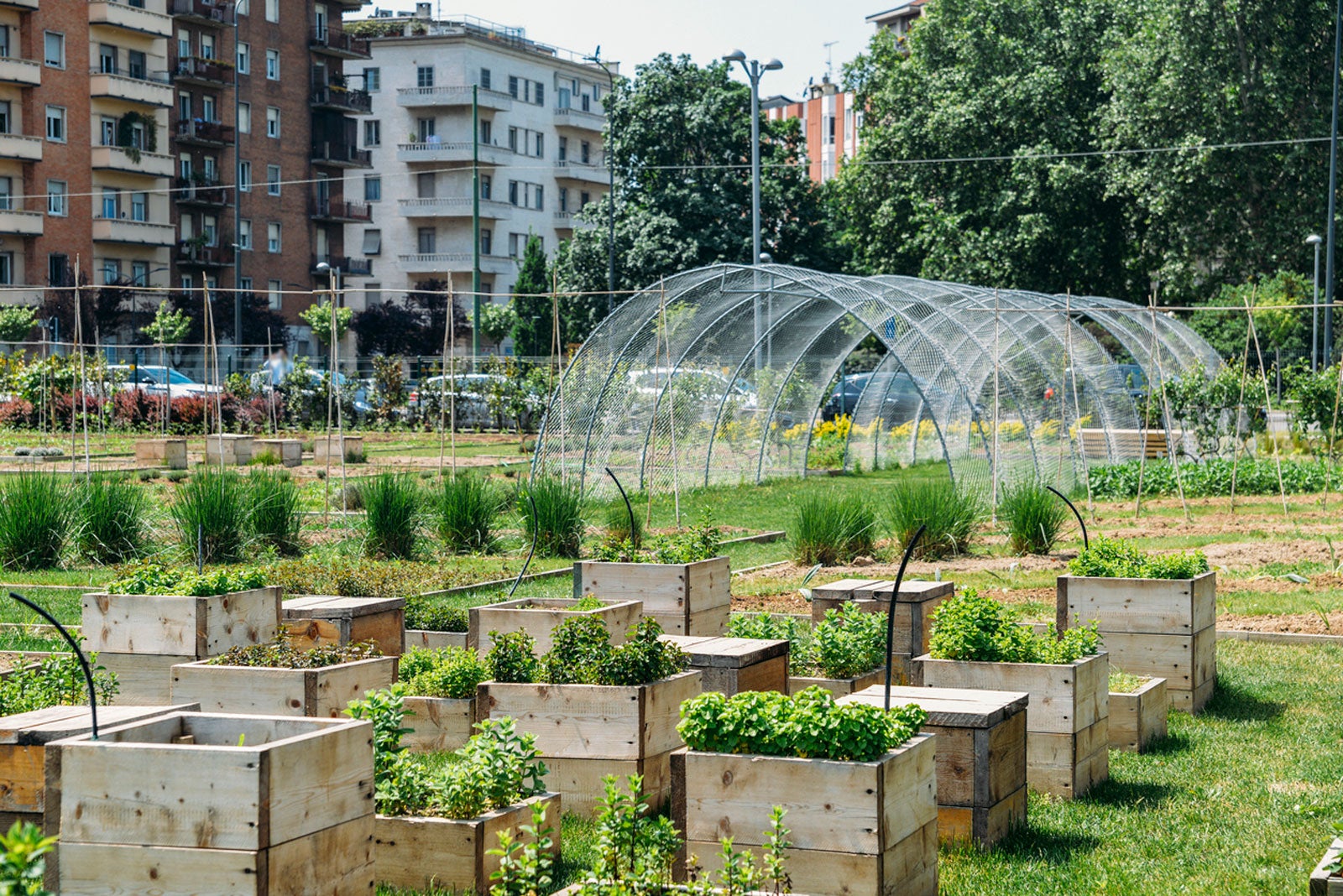An Unbiased View of City Blooming
The 15-Second Trick For City Blooming
Table of ContentsThe 15-Second Trick For City BloomingSome Ideas on City Blooming You Should Know10 Simple Techniques For City BloomingWhat Does City Blooming Do?Little Known Facts About City Blooming.
Fascinated in expanding food up for sale in the City of Chicago? Believing regarding starting a community garden? Modifications to the Chicago Zoning Regulation allow farming uses like neighborhood yards and urban farms in lots of components of the city. Below is a list of frequently asked inquiries relating to the regulations and policies that farmers need to consider when planning a city farming project.
The zoning modification does not modify any kind of various other codes taking care of composting, building licenses, acquiring or leasing City had residential or commercial property, service licenses or ecological contamination. There are existing codes that regulate these concerns and they stay in complete result and may be relevant to your task. Community yards are normally owned or handled by public entities, public companies or community-based organizations and maintained by volunteers.
Urban farms grow food that is meant to be marketed, either on a not-for-profit or for-profit basis. Due to their industrial objective, city farms require an organization certificate. Yes. An area yard is allowed to sell excess produce that was grown on site if the sales are accessory or subordinate to the garden's main objective explained over.
Unknown Facts About City Blooming
Composting is enabled however just for plant product that is created and utilized on site. The amount of garden compost product can not exceed 25 cubic yards at any type of offered time according to the criteria in 7-28-715 of the City's Municipal Code. Yes. Since the soil at a lot of brand-new yard sites needs amending, garden compost, soil, timber chips, or various other products can be obtained to construct or enhance the growing space - City gardening.

If a structure permit is called for after that the hoophouse will be thought about an accessory building. You can find out more concerning the structure license needs by contacting the Division of Buildings. The 25,000-square-foot size limitation is intended to avoid a single area garden from controling a given block or interfering with the block's existing property or commercial personality.
The limit does not relate to gardens situated in Public Open Space (POS) areas. Can there be greater than one neighborhood yard that is 25,000 square feet on a solitary block? Yes. The dimension limit applies to specific yards, not to individual blocks. No. Fence is not required, nonetheless, gardens that have huge parking areas might be required to set up secure fencing or other landscape design attributes.
The Facts About City Blooming Revealed
B1 & B2 areas require that all industrial use activities be conducted inside your home. R areas limit business activity. The regulations show the function and intent of the Zoning Code. Is fence needed for metropolitan ranches? Yes. Fences might be required, in addition to landscape design and testing, for specific car park areas and exterior job or storage space areas depending on location and the specific activity occurring.
Urban ranches need structure authorizations and zoning approvals prior to building (urban gardening). Other forms of city evaluation might be needed depending on specific structures, activities, size, landscape design, licensing, public heath and stormwater administration issues.
The Division of Organization Affairs and Customer Defense can aid identify the specific type of company certificate that's required. Off street car parking is required for many business projects in Chicago. The called for number of vehicle parking spaces is based on the number of workers working on site and not the square video of the growing area.
Not known Details About City Blooming

A city farm can sell compost material generated on website, nonetheless, the procedure should abide with the guidelines in 7-28-715 of the Chicago Municipal Code. Aquaponic systems are allowed inside your home on city farms in several zoning areas.
Up to 5 hives or swarms of honey bees might be kept as an accessory use. However, beekeepers need to register with the Illinois Department of Agriculture. For more details about the proposed zoning change you may speak to the Division of Real Estate and Economic Growth, Bureau of Preparation and Zoning at 312.744.8563.
, which takes area in country locations at the side of residential areas.
City Blooming Things To Know Before You Get This
, who seek to form social networks founded on a common values of nature and neighborhood holism. These networks can create by means of formal institutional assistance, becoming incorporated into neighborhood town planning as a "shift community" activity for sustainable urban growth.
The extra straight access to fresh vegetable, fruit, and meat products that might be know with city farming can boost food safety and food security while reducing food miles, causing lower greenhouse gas discharges, therefore adding to climate change reduction. Some of the first evidence of urban farming comes from Mesopotamia.